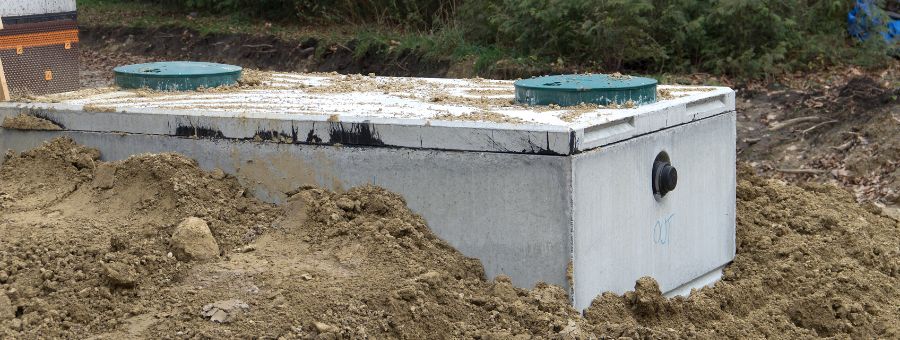One of the things that can cause septic failure, is if it is used beyond the designed capacity.
Therefore, it is important to always inquire when you are upgrading your home in some way, to ensure you do not overload your system.
If you are making changes to a building such as additions, renovations, construction that affects a sewage system, or change of use, the following are triggers for a review and a possible permit:
- The changes to the building have resulted in an increase in occupant load.
- The number of bedrooms in a dwelling unit has increased.
- Proposed construction exceeds 15% of the finished (gross) area of the dwelling or dwelling unit, or if finished (gross) area exceeds 200 square metres.
- Additional (new) plumbing fixtures are added to the dwelling or dwelling unit.
Please submit an Existing Sewage System Review form if any of the above triggers are true.
Staff will review your existing system application which will include an interior inspection of the existing septic tank. The existing leaching bed may also need to be exposed for further inspection. This will ensure that your existing system is in good working order and does not need to be replaced.
Based on the review, we will either issue a letter stating that your existing septic system has the capacity to handle the added load, or we will ask you to apply for a permit to resize or replace.
If you require a permit, you will be informed of any further documents you will need to submit.

